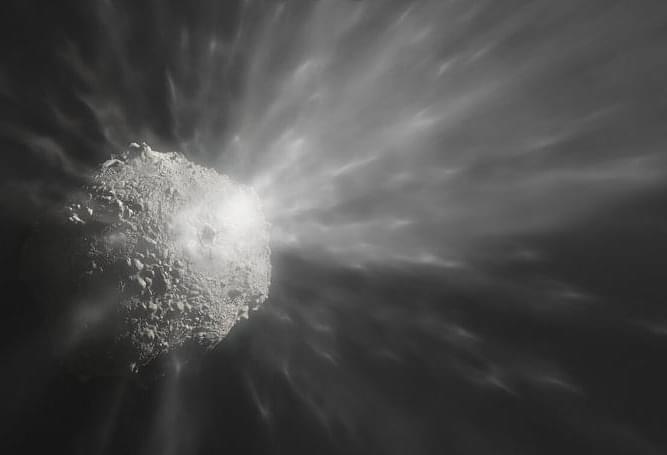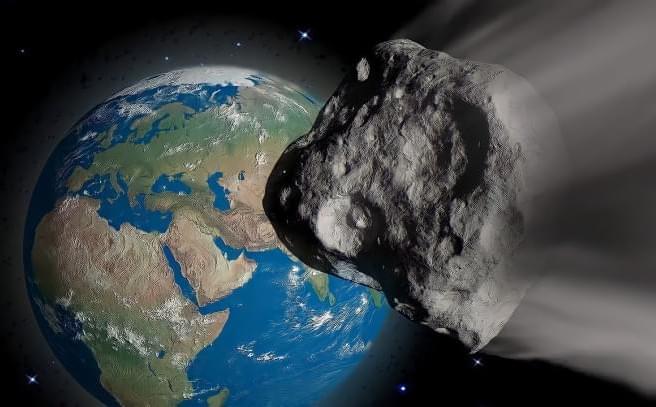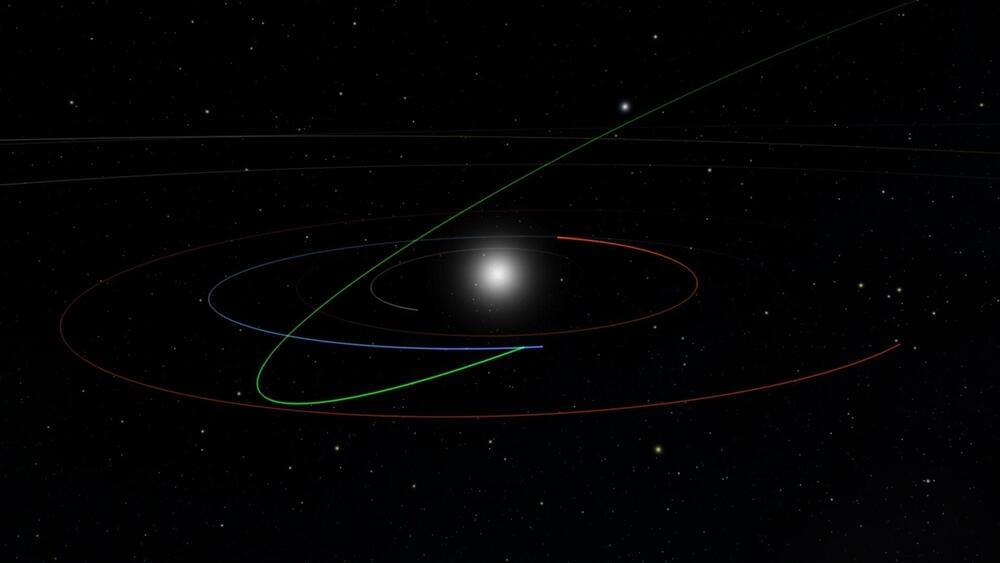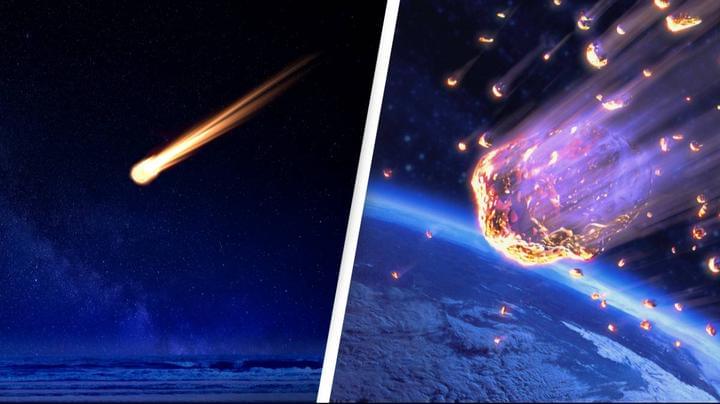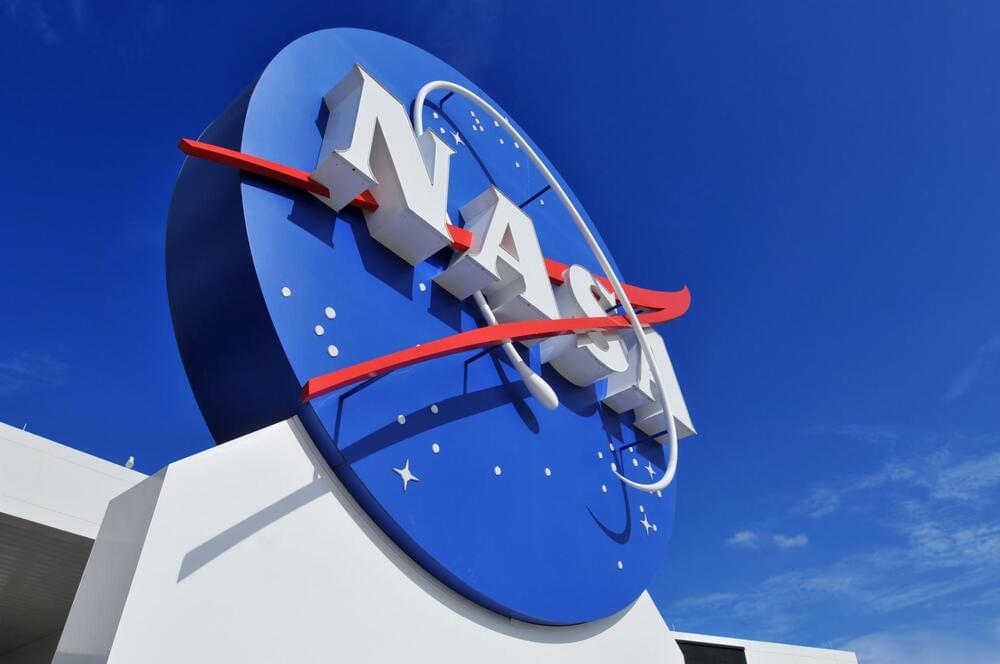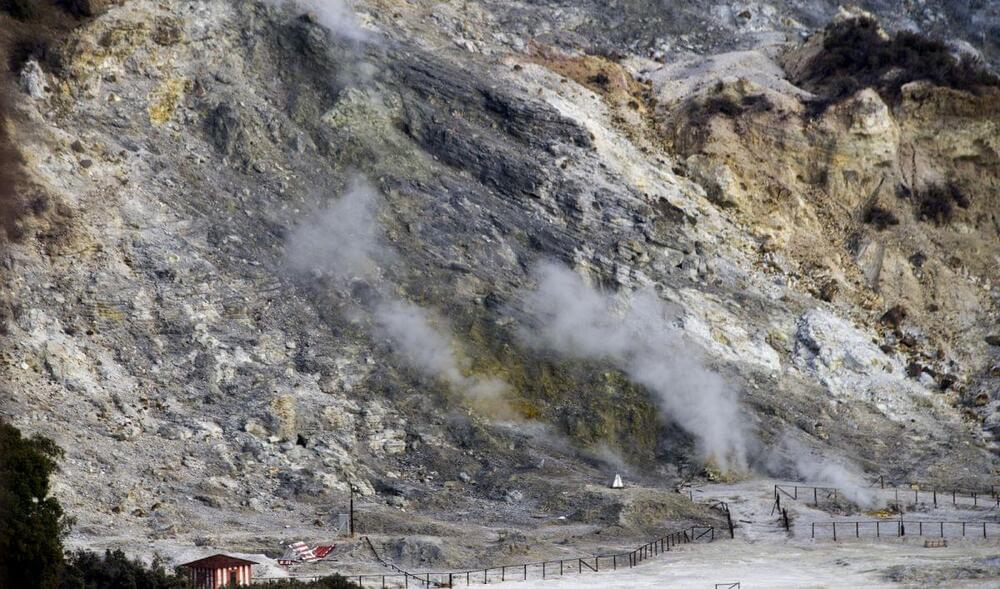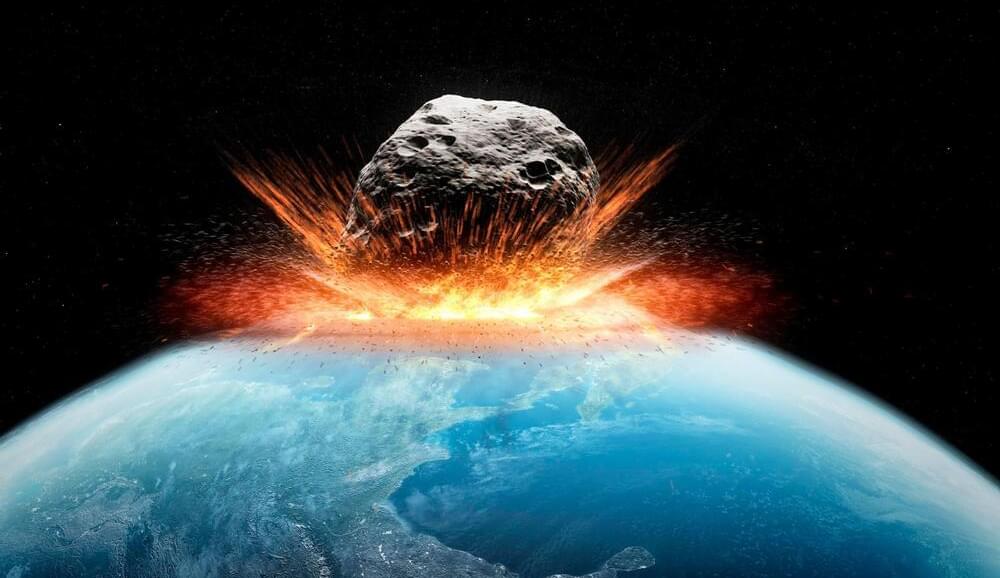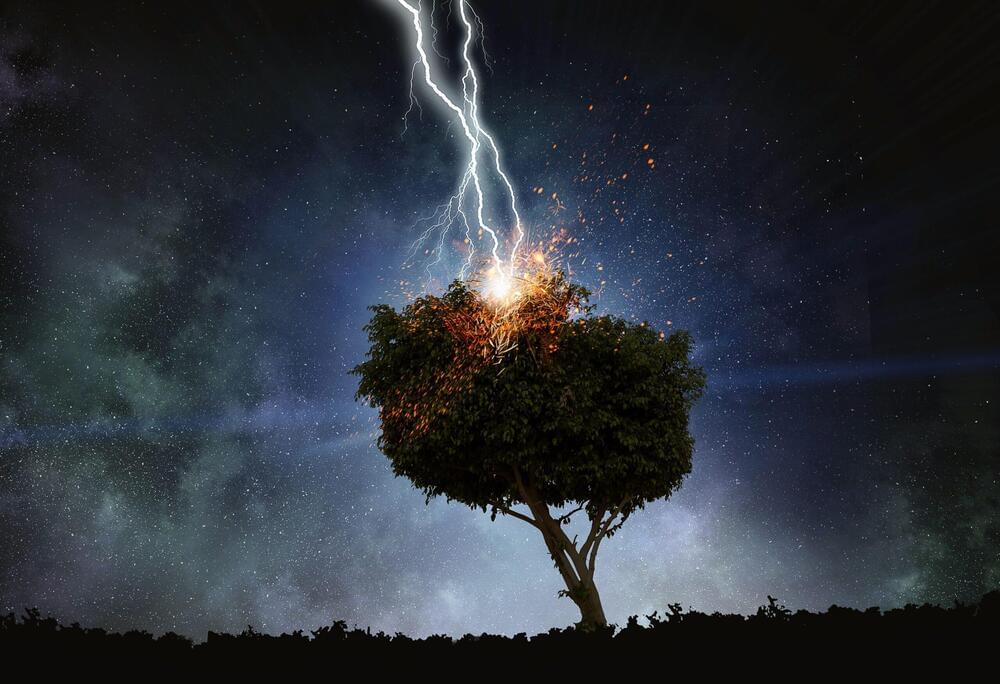Sep 8, 2023
Asteroid behaving weirdly after NASA crash
Posted by Robin Indeededo in categories: asteroid/comet impacts, existential risks
The mission was successful, and Dimorphos’ orbit was shortened by 33 minutes in the weeks after the impact.
However, a team of high school students led by teacher Jonathan Swift at Thacher School in California have discovered that Dimorphos’ orbit continued to shrink by another minute more than a month after the collision.
‘The number we got was slightly larger, a change of 34 minutes,’ said Mr Swift. ‘That was inconsistent at an uncomfortable level.’
